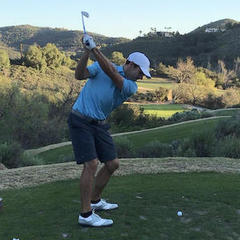IGNORED
Myth of Maintaining Your Address Flex in the Rear Knee
Note: This thread is 2561 days old. We appreciate that you found this thread instead of starting a new one, but if you plan to post here please make sure it's still relevant. If not, please start a new topic. Thank you!
-
Topics Being Discussed Right Now on The Sand Trap
-
"5 Minutes Daily" Practice Challenge 1 2 3 4 1011
By iacas, in Instruction and Playing Tips
- 5 minutes daily
- dedication
- (and 6 more)
- 18,183 replies
- 1,831,848 views
-
- 69 replies
- 6,214 views
-
- 10,920 replies
- 974,996 views
-
- 1 reply
- 140 views
-
- 119 replies
- 33,346 views
-








Recommended Posts